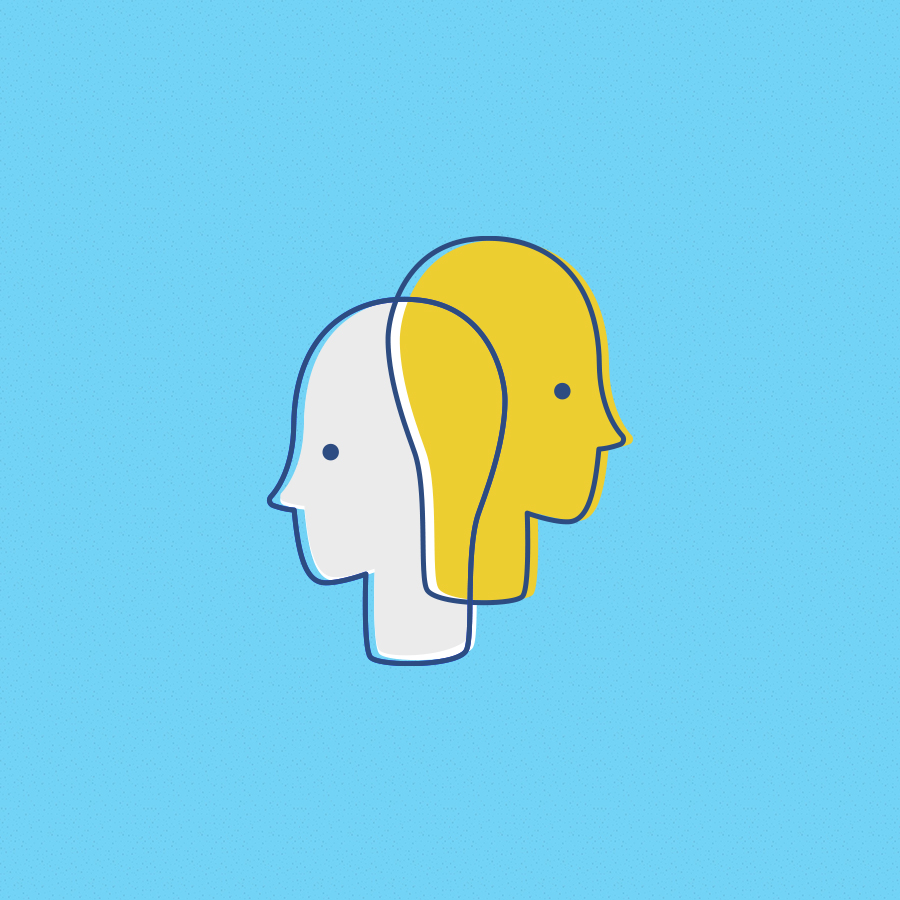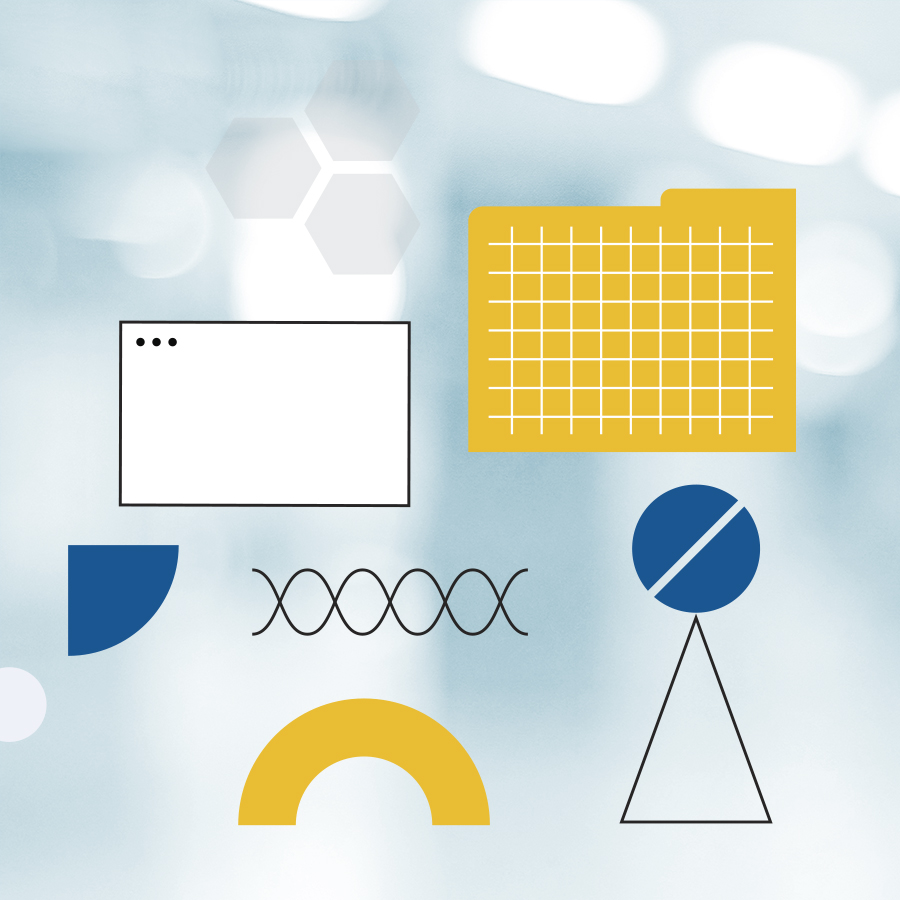-
Property & Casualty
Property & Casualty Overview

Property & Casualty
We offer a full range of reinsurance products and the expertise of our talented reinsurance team.
Expertise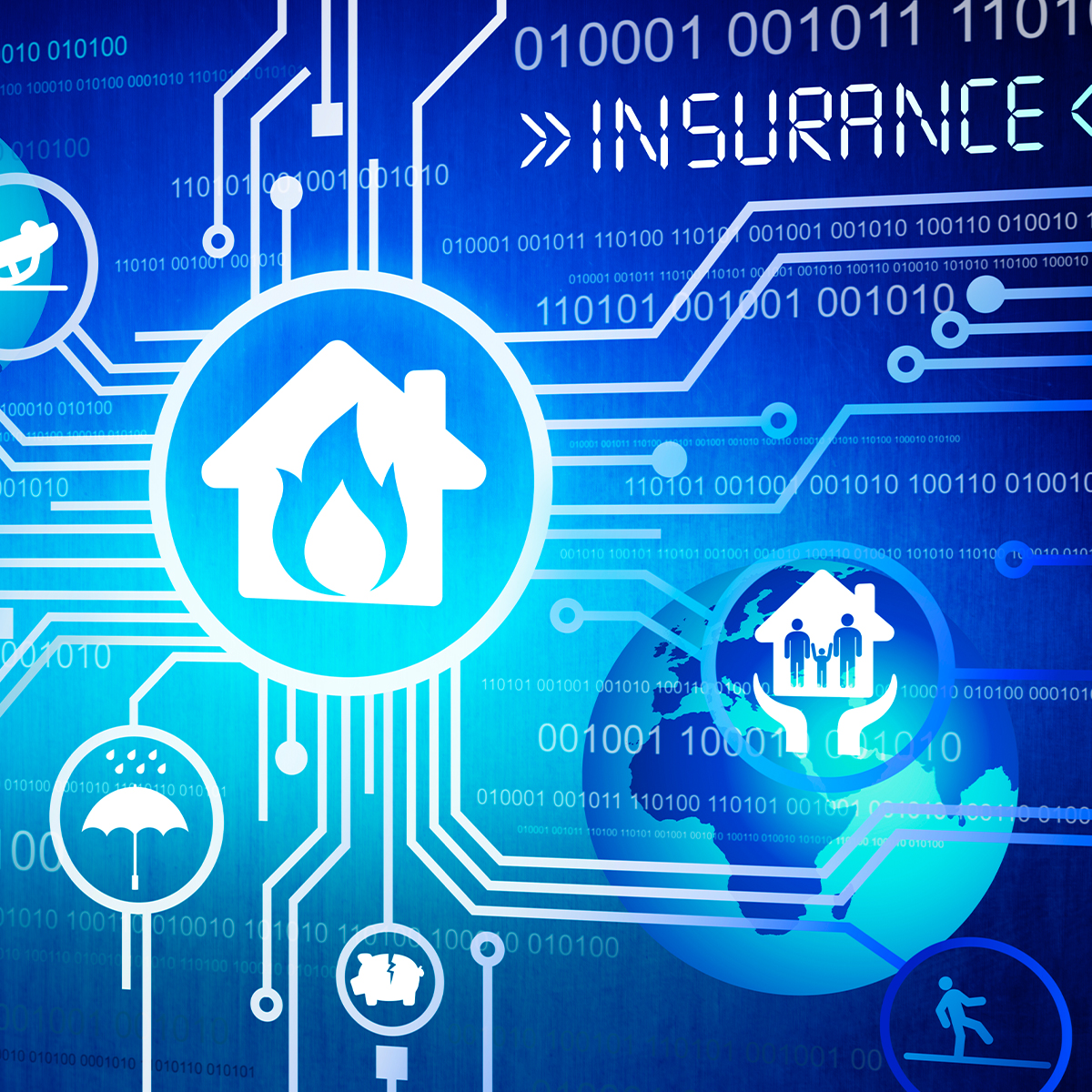
Publication
Use of Artificial Intelligence in Fire Protection and Property Insurance – Opportunities and Challenges
Publication
Public Administrations’ Liability – Jurisprudential Evolution, Insurance Implications, and a Comparative Analysis Across Countries
Publication
Generative Artificial Intelligence and Its Implications for Weather and Climate Risk Management in Insurance
Publication
Engineered Stone – A Real Emergence of Silicosis
Publication
Risk Management Review 2025 -
Life & Health
Life & Health Overview

Life & Health
Gen Re’s valuable insights and risk transfer solutions help clients improve their business results. With tailor-made reinsurance programs, clients can achieve their life & health risk management objectives.
UnderwritingTraining & Education
Publication
Dying Gracefully – Legal, Ethical, and Insurance Perspectives on Medical Assistance in Dying
Publication
Insights from Gen Re’s 9th Edition of Critical Illness Data Insights – Hong Kong Market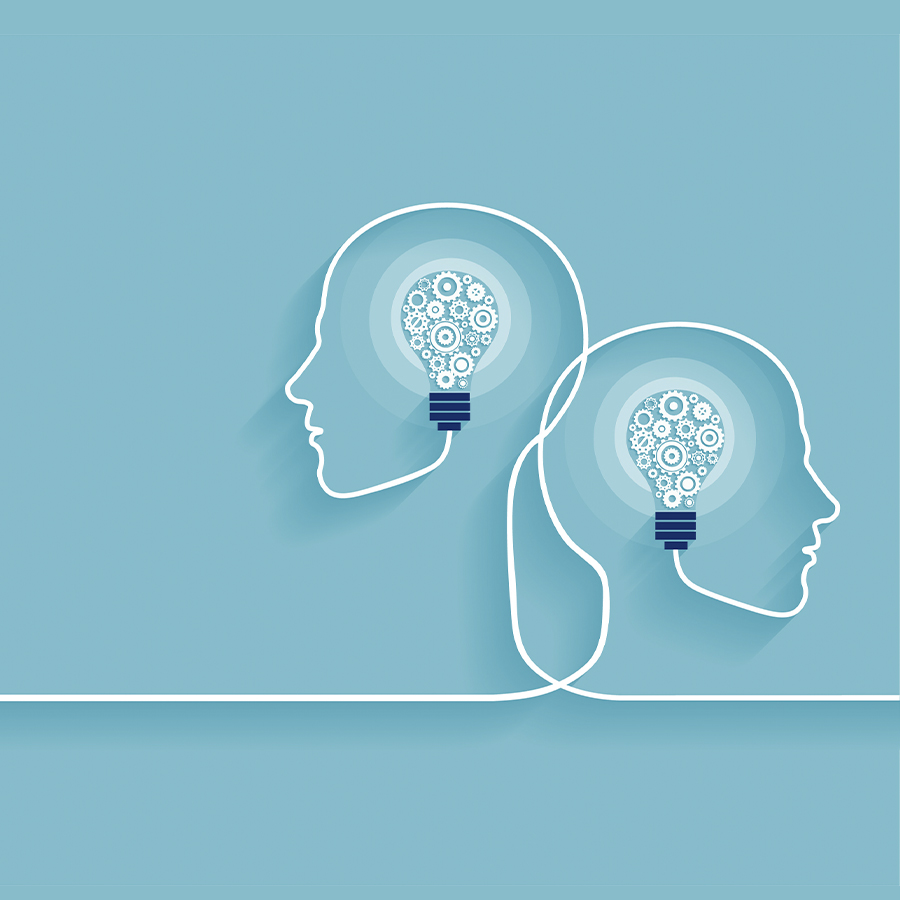 Moving The Dial On Mental Health
Moving The Dial On Mental Health
Publication
Generative Artificial Intelligence and Its Implications for Weather and Climate Risk Management in Insurance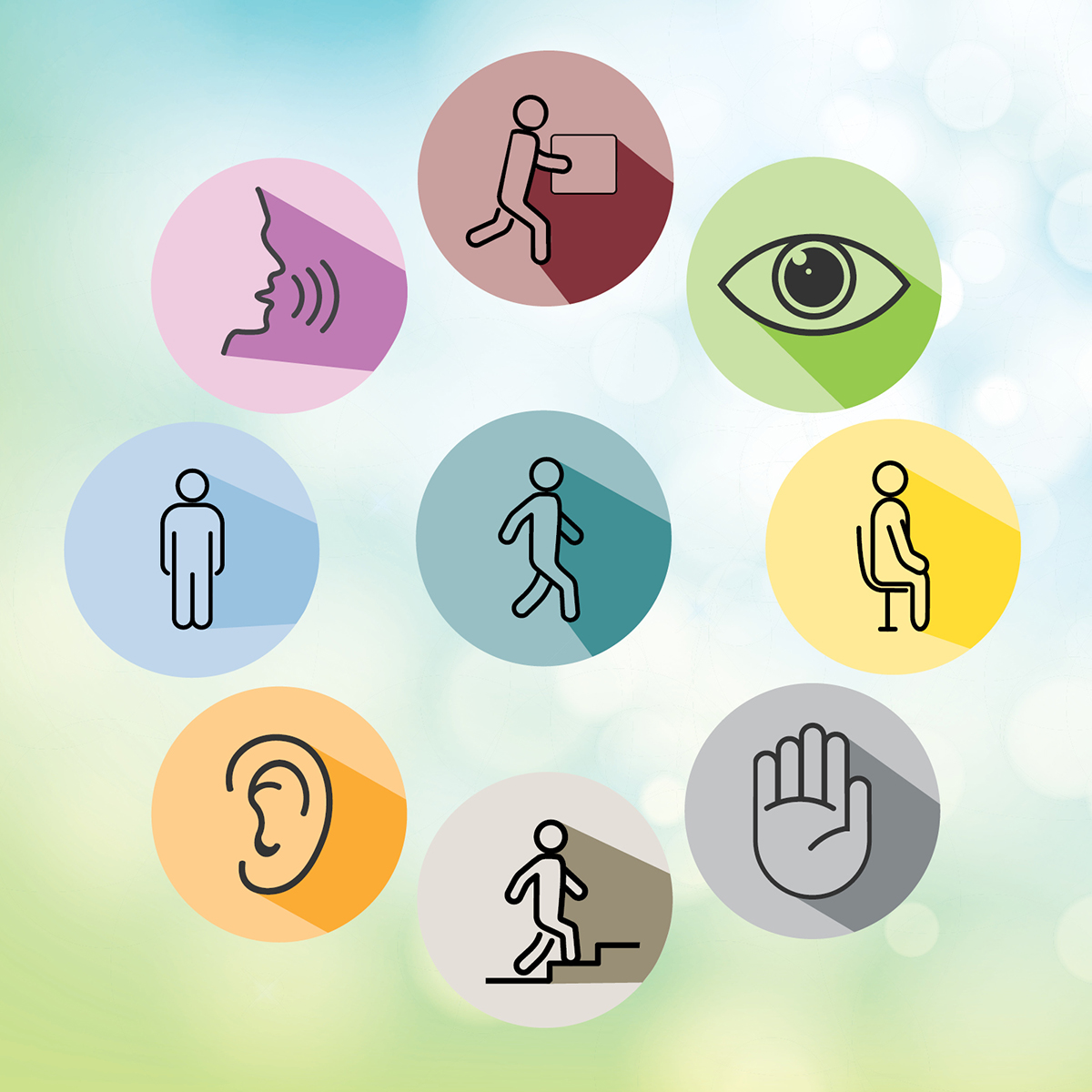
Publication
Essential Abilities Insurance – An Attractive and Innovative Product for all Markets Business School
Business School -
Knowledge Center
Knowledge Center Overview

Knowledge Center
Our global experts share their insights on insurance industry topics.
Trending Topics -
About Us
About Us OverviewCorporate Information

Meet Gen Re
Gen Re delivers reinsurance solutions to the Life & Health and Property & Casualty insurance industries.
- Careers Careers
Always On: Understanding New Age Addictions and Their Implications for Disability Insurance
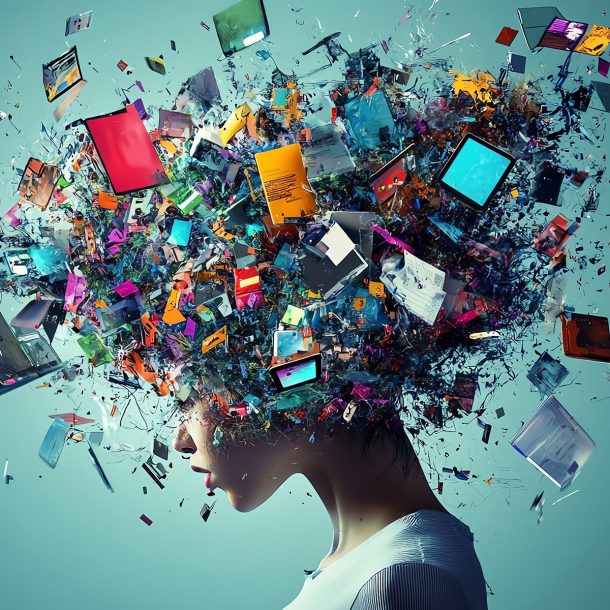
October 10, 2025
Mary Enslin
English
This World Mental Health Day (10 October 2025), Gen Re looks at how so‑called new age addictions may be impacting our lives, our workplaces, and our customers.
In today’s hyper-connected world, the rise of behavioural addictions linked to technology, often termed “new age addictions”, is reshaping the landscape of Health and Disability insurance. These addictions, including smartphone dependency, social media overuse, and gaming, are increasingly recognised for their profound impact on mental and physical health, productivity, and overall wellbeing.
Defining New Age Addictions
Unlike substance use disorders (SUDs), which involve chemical dependencies, new age addictions are behavioural in nature. They are characterised by compulsive engagement in rewarding digital activities, without the presence of a physical substance.
Despite this distinction, they share many features with SUDs, such as:
- Craving and compulsive use
- Loss of control
- Tolerance and escalation
- Withdrawal-like symptoms
- Interference with daily life
- Mood modification and salience
Currently, gambling disorder is the only behavioural addiction included in the DSM‑51 with a formal diagnosis, although conditions such as Internet Gaming Disorder are under further study. Problematic smartphone use and dependence (PSUD) and social media addiction are not currently formal diagnoses with universally agreed diagnostic criteria. Nonetheless, there is growing concern about the effect of these behaviours on physical, social and psychological health and wellbeing.
Prevalence and Risk Factors
The absence of clear diagnostic criteria makes quantifying new age addictions a challenge. Best estimates place smartphone and internet addiction prevalence at around 6% globally.2 This varies significantly by country, with cultures with a high acceptance of digital technologies showing a corresponding increase in prevalence.
Estimated Global Prevalence of Substance and Behavioural Addictions (2020–2025)

In 2024 Finances Online compiled several surveys and statistics which underscore the ubiquity of these behaviours:3
- On average, individuals check their phones 160 times daily, once every 9 minutes.
- 60% sleep with their phones and check them within 10 minutes of waking up.
- 76% of internet users aged 12–77 exhibit multiple phone-addictive symptoms.
- Social media users average 145 minutes per day online.
- The World Health Organization (WHO) estimates that 3%–4% of global gamers suffer from gaming disorder.
Risk factors include youth, loneliness, and excessive screen time. Adolescents and young adults are particularly vulnerable, but adults can also be affected. Screen time exceeding four hours daily linked to increased risk of adverse health effects.
The Impact of “Always on” Culture
Globally, smartphone usage increased significantly at the start of the COVID‑19 lockdowns.4 As the world of work has changed, we have seen a blurring of boundaries between work and leisure. Smartphones make it easy to stay connected to work after hours, preventing psychological detachment and recovery time away from work tasks,5 and impacting work-life balance.6
There is a well-documented link between excessive smartphone use and burnout,7 a topic of concern in Disability insurance. The WHO conceptualised burnout as an “occupational phenomenon” resulting from chronic workplace stress that has not been successfully managed.8 It is characterised by:
- Feelings of energy depletion or exhaustion
- Increased mental distance from one’s job, or feelings of negativity or cynicism related to one’s job
- Reduced professional efficacy
Although burnout is not a medical diagnosis or mental health disorder, its characteristic traits may have an impact on Disability claims management. These traits are significantly impacted by “always on” workplace culture and excessive smartphone use. Therefore, it may be useful to go beyond a traditional understanding of work-life balance to include the concept of screen-life balance.
Health Consequences
The health impacts of new age addictions are multifaceted and include:
- Sleep disruption – Using smartphones before bed reduces sleep quality and duration due to blue light exposure, which delays melatonin production. Poor sleep is a major risk factor for many health problems, including burnout.
- Mental ill-health – Compulsive checking, fear of missing out, and social comparison can lead to anxiety and emotional dysregulation. Excessive use can cause dopamine dysregulation and impaired pre-frontal cortex function. There are increased rates of anxiety, depression, and loneliness among excessive smartphone and social media users.
- Cognitive overload – Constant notifications and multitasking fragment attention and increase mental fatigue, contributing to emotional exhaustion, impaired memory and disrupted learning. PSUD can also exacerbate the symptoms of attention deficit hyperactivity disorder (ADHD).
- Physical ill-health – Excessive digital activities (gaming, smartphone use) lead to eye strain, poor posture, and sedentary lifestyle-related conditions. Physiotherapists have also seen a rise in smartphone-related tendonitis, sometimes referred to as “texting thumb” or “gaming thumb”.9
These consequences can significantly affect an individual’s ability to function, adding complexity to the assessment and management of Disability claims.
Treatment and Management
Treatment approaches emphasise control over abstinence. Individuals are encouraged to develop skills that allow them to set digital boundaries, reduce screen time, engage in mindfulness activities, and experience digital detox. Treatment approaches include:
- Cognitive behavioural therapy (CBT) and dialectical behaviour therapy (DBT)
- Reality therapy (e.g., engaging in offline activities)
- Psychoeducation
- Pharmacological interventions (e.g., antidepressants, anti-epileptics) in extreme cases
- Psychometric tools such as the Game Addiction Scale (GAS)10, the Smartphone Addiction Scale11, and the Test for Mobile Phone Dependence (TMPD)12
Governments and healthcare systems are beginning to respond. For example, South Korea restricts gaming hours for minors, and the UK’s National Health Service offers specialised treatment for gaming addiction. In November 2024 the Australian parliament passed an amendment introducing a world-first law banning social media accounts for those under the age of 16, with the law scheduled to take effect in December 2025.13
Implications for Claims and Underwriting
Disability insurers face unique challenges in managing claims related to new age addictions, including:
- Subjectivity of symptoms: Many symptoms are self-reported and difficult to quantify.
- Lack of historical data: These are emerging phenomena with limited longitudinal research.
- Co‑morbid conditions: Depression, anxiety, and other mental ill-health conditions often accompany behavioural addictions.
Claims assessors must be equipped with specialised knowledge and training to evaluate these cases effectively. Underwriters, meanwhile, must consider behavioural data and emerging trends when assessing risk.
Conclusion
New age addictions represent a growing challenge for Disability insurers. By understanding their prevalence, health impacts, and implications for claims and underwriting, the industry can adapt to better serve policyholders and manage risk. Proactive strategies, informed assessments, and collaborative care models will be essential in navigating this evolving landscape.
- American Psychiatric Association. (2013). Diagnostic and statistical manual of mental disorders (5th ed.). Washington, DC: Author.
- Substance use/substance use disorders data prevalence – who.int. https://www.who.int/data/gho/data/indicators/indicator-details/GHO/data-on-prevalence-of-substance-use--substance-use-disorders. Last accessed 6 Oct. 2025.
- Finances Online, 90 Smartphone Addiction Statistics You Must See: 2024 Usage and Data Analysis, https://financesonline.com/smartphone-addiction-statistics/. Last accessed 2 Oct. 2025.
- Chemnad, K., et al. (2022). Smartphone Usage before and during COVID-19: A Comparative Study Based on Objective Recording of Usage Data. Informatics; Basel Vol. 9, Iss.4:98. https://www.proquest.com/docview/2756719086?sourcetype=Scholarly%20Journals. Last accessed 2 Oct. 2025.
- Psychology Today, The Burnout Trigger No One Talks About, https://www.psychologytoday.com/us/blog/lessons-from-a-burnt-out-psychologist/202503/the-burnout-trigger-no-one-talks-about. Last accessed 2 Oct. 2025.
- Ibid, see endnote 3.
- Ibid, see endnote 5.
- WHO, Burn-out an “occupational phenomenon”: International Classification of Diseases, https://www.who.int/news/item/28-05-2019-burn-out-an-occupational-phenomenon-international-classification-of-diseases. Last accessed 2 Oct 2025.
- OrthoInfo, Ortho-pinion - Smartphone Tendinitis - AAOS, https://orthoinfo.aaos.org/en/diseases--conditions/ortho-pinion-smartphone-tendinitis/. Last accessed 2 Oct. 2025.
- Lemmens, J.S., et al. (2009). Development and validation of a game addiction scale for adolescents. Media Psychology, 12(1), 77-95.
- Kwon, M., et al. (2013). The Smartphone Addiction Scale: Development and validation of a short version for adolescents. PLoS ONE, 8(12) https://doi.org/10.1371/journal.pone.0083558, last accessed 2 Oct. 2025.
- Vezzoli, M., et al. (2021). Test for Mobile phone dependence: psychometric properties and confirmatory factor analysis. Current Psychology. 42. 1-12. 10.1007/s12144-021-01449-5.
- Australian Government, Federal Register of Legislation, Online Safety Amendment (Social Media Minimum Age) Act 2024 - Federal Register of Legislation, https://www.legislation.gov.au/C2024A00127/asmade/text. Last accessed 2 Oct. 2025.


